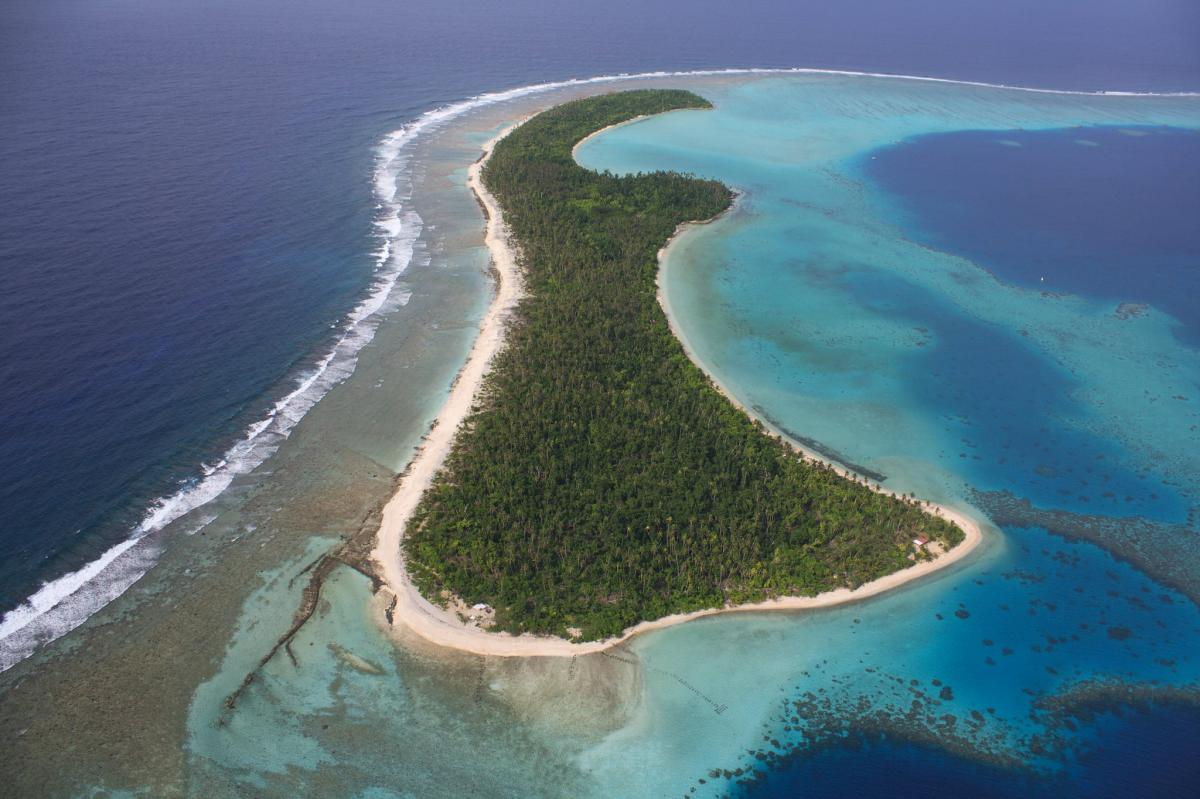FW8GC, TX8GC Team will be active from Wallis Island, IOTA OC - 054, Wallis and Futuna, 19 February - 9 March 2024.
Team - LZ1GC, LZ5QZ.
Recent DX Spots FW8GC
FW8GC Log searchTX8GC Log searchRecent DX Spots TX8GC
They will operate on 160 - 10m, CW, SSB, RTTY, FT8, FT4.
QSL via LZ1GC, LOTW, ClubLog OQRS.
Wallis Island
From Samoa to Fiji
In 1767, English navigator Samuel Wallis, the first European to set foot on the paradise land of Tahiti, added to his remarkable discoveries another exceptionally beautiful tropical island, which was later named in his honor. The locals use another name - Uvea; according to archaeological excavations, the natives settled these lands about 3,000 years ago. Near the main island are two dozen other islets and bizarre reefs of volcanic origin, united by a common name.
The geographical position of the archipelago is the western part of the Pacific Ocean a little south of the equator, at the crossroads of sea routes, and since the 19th century cozy evergreen bays served as anchorages for European merchant and whaling ships. But the inhabitants of the Old World were in no hurry to settle here permanently. The first to stay on these shores for a long time were French Catholic missionaries. After the natives attacked a white preacher, the church ministers asked for help from their state, and France took possession of the new lands. Together with the Wallis Archipelago, the Horn Islands (Futuna and Alofi) became French.
History and geography
The remote overseas territories were very underdeveloped at the time of their discovery by European travelers: in fact, the primitive communal system was still in place. Despite their remoteness from the mainland, the islands have survived several invasions by different ethnic groups and tribes that fought over the land in the distant past. A lot of evidence of the archipelago's complicated history has been obtained as a result of careful excavations carried out by scientists.
Now some restored ancient settlements, military fortifications, ritual structures, ancient stone paths on the archaeological sites of Wallis are as valuable sights as the wonderful nature of this region. The archipelago is famous for its splendid landscapes against the backdrop of the boundless blue ocean, coconut palm plantations and untouched coral reefs, near which nature has created exceptional conditions for diving. Hot equatorial climate, clear waters of the sea bays, beach vacations and fish abundance - all this can be found on the small islands lost in the tropical latitudes.
The relief of Wallis Island is hilly, but the tops of extinct volcanoes here are low, the highest point reaches only 145 meters above sea level. The whole small picturesque archipelago is ringed by atolls of colorful corals. Many ancient craters are now filled with water and have become lakes, but there are few streams and rivers, especially in the central part of the island. It is "summer all year round" here, and with
 Wallis Island, Wallis and Futuna. Author - Jerome Fleuriet.
Wallis Island, Wallis and Futuna. Author - Jerome Fleuriet.
Wallis today
France's modern overseas territories in western Polynesia are named after the two largest islands, Wallis and Futuna. This most isolated French colony receives substantial economic aid from the metropolis. There are about 9,000 inhabitants on Wallis, mostly indigenous Uvea and Polynesians; all settlements are concentrated on the coast. There are not many permanent residents from Europe. There is a small airport in the north of the main island, from which it is possible to reach Fiji.
The economic activities of the indigenous people are limited to marine fishing and the production of copra from coconut fruit. Yams, citrus fruits, bananas, avocados, avocados, breadfruit, and various vegetables are grown for their own consumption on the fertile red soil. Agricultural land on the island is small. The natives also raise poultry, cows and pigs.
Natural materials that can be found on the archipelago serve as raw materials for small handicrafts. These are woven mats and other household items, jewelry and souvenirs made of mother-of-pearl shells, wood fabric "tapa". Native handicrafts, created by skillful hands of talented local craftswomen, are gladly bought by tourists as a memento of the exotic island. There is no industrial production on the islands of Wallis and Futuna.
Mata Utu is the capital of the tropical archipelago
The main city of the overseas colonies, Mata Utu, is located on Wallis, and its infrastructure is most well developed. As it should be, the capital has administrative offices, schools, hotels for visitors, hospitals, stores, cafes and a marina. The Mata Utu Cathedral, located in the very center, is considered a national monument. Travelers who hope to see here a semblance of a modern metropolis, are in for a disappointment: the capital resembles a village more than an urban development. Visitors to this remote, isolated archipelago are drawn to the majestic Pacific Ocean, wild and pristine nature, and the simplicity and peace of a measured life.

